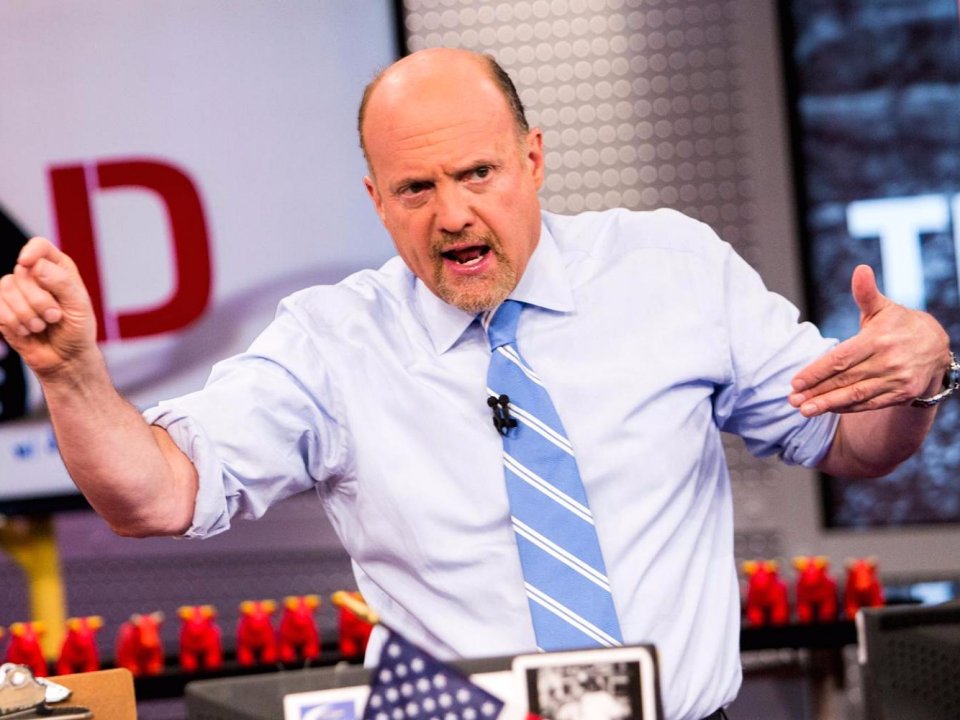
In times of stock market volatility, investors tend to flock to “safe” stocks that offer steady growth and high dividends. But high-yielding securities can come with unexpected risks, CNBC’s Jim Cramer warned Monday as stocks traded lower.
“The risks are enormous if you don’t know the pitfalls,” he told investors. “As much as we love dividends, they’re only worth chasing after if your payout is safe. So if you want some income from your stocks, you need to watch out for red flags.”
The first red flag is when a company has a very high dividend yield, Cramer said. That tends to mean that investors, worried about potential dividend cuts, have been selling the stock and pushing the dividend yield percentage higher.
But the more insidious warning sign is when a company offers an attractive dividend, but can’t pay it consistently because it has loads of debt and poor fundamentals, the “Mad Money” host said.
That was what “doomed the payouts” at beer manufacturer Anheuser-Busch InBev and ailing industrial General Electric, Cramer said, pointing to the stocks’ recent weakness to cement his point.
Budweiser parent Anheuser-Busch, for example, has accumulated a $109-billion “mountain of debt” from a series of large-scale acquisitions. In the company’s latest earnings report, which was weaker than expected, management said it was going to “rebase” the dividend, cutting the 5.2 percent yield down to 2.6 percent.
“The problem? Less than 25 percent of BUD’s sales come from the United States, and the dollar … has been very strong lately, [which] means all of their sales in euros or pesos have to translate … into fewer greenbacks,” Cramer explained. “They need to take severe action in order to keep paying their dollar-denominated debts. It’s an ugly situation. No wonder the stock got pulverized.”
In the case of GE, former CEO John Flannery halved the dividend a year ago, bringing the 24-cent yield down to 12 cents as the company grappled with multi-billion-dollar charges tied to its struggling business segments. When former Danaher chief Larry Culp replaced Flannery as CEO in October, he cut the dividend down to 1 cent after realizing that GE’s problems were worse than expected.
“This was totally predictable, … [but] many investors got burned,” Cramer said. “The bottom line? There is no such thing as a large dividend you can take for granted. Just like we saw with BUD and GE, a hideous balance sheet and slowing fundamentals are a toxic brew that can put your dividend in danger. So if you want income, watch for that or else you might just get burned.”